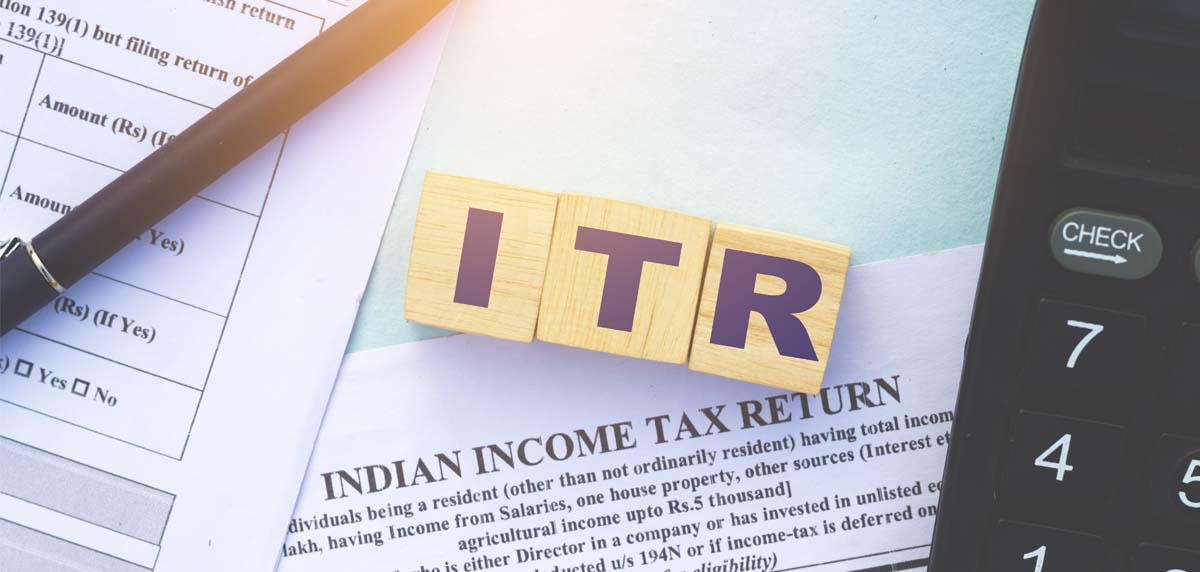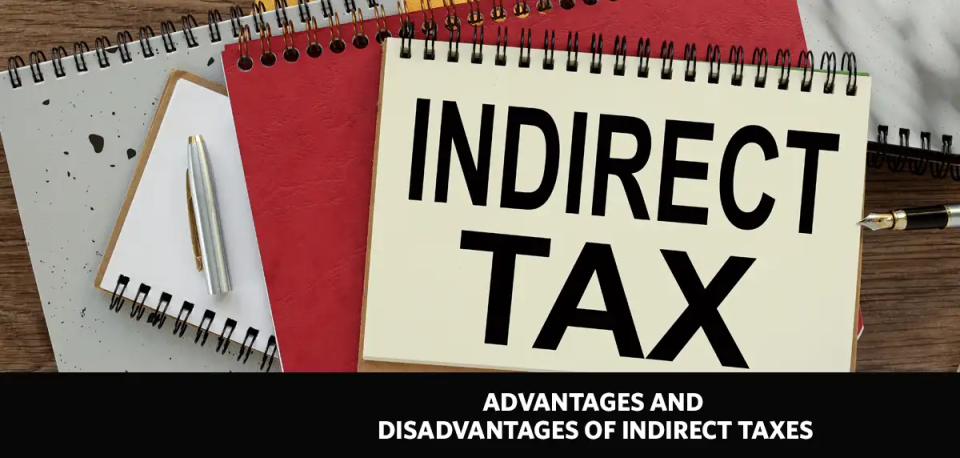Income tax e-filing is a digital method for filing returns, making tax compliance easier, faster, and paper-free. It’s especially beneficial for individuals who need to report income from salaries, businesses, investments, or life insurance policies, and for those eligible for deductions under the Income Tax Act.
Filing your Income Tax Return (ITR) online may be preferable to you due to the following:
- Convenience: The accessibility to file from anywhere, anytime.
- Speed: Faster processing and refunds.
- Accuracy: Automatic validation of entries by the portal.
This guide provides a step-by-step walkthrough to ensure your ITR is filed accurately and on time.
Required Documents for Income Tax E-Filing
To start the e-filing process, gather the following essential documents:
1. Form 16: Issued by your employer, detailing salary and TDS.
2. Form 16A/16B: For TDS on other incomes (e.g., rental income).
3. Investment Proofs: Life insurance policy premiums, PF contributions, etc., especially if you claim deductions under Section 80C under the old scheme.
4. Bank Statements: For interest income and transaction records.
5. Aadhaar and PAN: Required for identity verification.
6. Income Tax Calculator: To accurately compute taxable income and deductions.
Note: The above-mentioned list is not an exhaustive list and would require additional documents, and information depending upon the steam of income of the Assessee on a case-by-case basis.
Step-By-Step Guide to E-File Your ITR
Filing your ITR online has become simpler and more accessible with the income tax e-filing portal. Here is a guide through the entire process of e-filing the return of income, from logging in to verification.
Step 1: Register/Login on the Income Tax E-Filing Portal
The first step to begin your income tax return filing journey is to access the official Income Tax e-Filing website.
For new users, the registration process is quick. You simply need to provide your PAN, which becomes your User ID, along with your contact details. Once verified, you can set a password and start using the portal.
Returning users can simply log in with their PAN and password. After logging in, go to the ‘e-File’ menu and choose ‘Income Tax Return’ to begin the process of e-filing of income tax.
Step 2: Select the Right ITR Form
Choosing the correct form is the most critical step in income tax e-filing ITR. Selecting the wrong form will lead to your online ITR being deemed defective or invalid. The online income tax return form you need depends on your sources of income and taxpayer category.
Here’s a quick guide:
ITR Form
| Suitable For
|
ITR-1
| Salaried individuals with income up to ₹50 lakh.
|
ITR-2
| Individuals with income from capital gains.
|
ITR-3
| Individuals earning from business/profession.
|
ITR-4
| Presumptive income for business professionals.
|
On the ITR page, your PAN will be auto-filled. You must then select the applicable 'Assessment Year'. Remember, the Assessment Year is the financial year following the year in which the income was earned. For income earned in FY 2023-24, the Assessment Year is AY 2024-25.
- Select the 'ITR Form Number' (e.g., ITR-1 or ITR-4 for online filing).
- Under 'Filing Type', choose 'Original/Revised Return'. If you are filing for the first time for that AY, select 'Original'.
- Under 'Submission Mode', select 'Prepare and Submit Online'.
- After entering these details, click 'Continue'. On the next screen, ensure you select 'Online' under 'Mode of Filing' and click 'Proceed' to move to the next step.
Step 3: Provide Basic Information and Select Status
The next step is to select your 'Status'. This defines your type of taxpayer entity and determines which sections of the form you will see.
- Individual: This refers to a natural person of any gender. Most salaried employees and professionals without a business select this.
- Hindu Undivided Family (HUF): An HUF is a separate entity under the Income Tax Act. It is taxed separately from its individual members and must have its own PAN. If you are filing as the Karta of an HUF, you must select this option.
- Firm/LLP: This is for partnerships and Limited Liability Partnerships registered under the respective acts. A firm/LLP is a distinct legal entity separate from its partners.
Selecting the correct status is crucial when you e-file an ITR.
Step 4: Enter Personal Information and Basic Details
At this stage of income tax e-filing ITR, the system displays pre-filled information like your name, PAN, Aadhaar, employer details, and TDS, based on Form 16/26AS. The information will be based on the ITR form you chose.
ITR-1 forms will include:
- Personal Information: Your full name, PAN, Aadhaar number, contact details, and bank account information.
- Gross Total Income: Income generated from salary/pension, house property, and other sources like interest or family pension. Also includes any exempt income, if applicable.
- Total Deductions: Deductions available under the Income Tax Act, such as Section 80C, 80D, 80TTA, and 80TTB.
- Tax Paid: Reflects taxes already paid, including TDS, TCS, advance tax, or self-assessment Tax.
- Total Tax Liability: Shows your final payable tax.
Formula: (Income – deductions – tax already paid).
A negative result means a refund; a positive result means you must pay the balance.
ITR-4 will include personal information, alongside gross total income, disclosures, total deductions, taxes paid, and total tax liability./
Carefully cross-check and make corrections where needed. For instance, ensure your contact details, bank accounts for refunds, and employer information are accurate. If you have other income streams, like rent or dividends, you will need to manually add them.
This section ensures that before you file your ITR return, your personal and income details are complete and accurate.
Step 5: Calculate Total Taxable Income and Apply Deductions
At this stage of e-filing IT returns, you can calculate your total income across all heads: salary, house property, capital gains, business/profession, and other sources. This is also where you calculate deductions and exemptions. For example, premiums paid for life insurance or contributions to EPF qualify under Section 80C, while medical premiums qualify under Section 80D.
To simplify calculations, you can use an income tax calculator. This tool can help you calculate the taxable income by accounting for exemptions and deductions. It makes the process of how to file ITR online simpler and reduces manual errors, which is important when you file an income tax return online.
Step 6: Pay Taxes (If Due)
If your tax liability exceeds the TDS and advance taxes already paid, you must pay the remaining amount as self-assessment tax. This can be done directly through the portal using net banking, debit card, or UPI. Once paid, the challan details should be entered into your return.
Paying this balance tax is essential before submission. Otherwise, your income tax e-filing process will be considered incomplete.
Step 7: Verify Your Return
In the next step of how to file an income tax return, you need to verify your ITR. Verification is the last but most crucial step. Without it, your return is not treated as filed.
You can choose one of the following options to verify your return:
- e-Verify immediately
- e-Verify later (within 120 days from the date of filing)
- Verify via ITR-V. This is done by sending a signed copy via post to:
Centralised Processing Center, Income Tax Department, Bengaluru – 560 500 (within 120 days of filing).
If you are choosing to e-verify, you can generate an Electronic Verification Code (EVC) or One Time Password (OTP) through:
- Your bank’s ATM (EVC option)
- Aadhaar OTP (sent to registered mobile)
- Pre-validated bank account
- Pre-validated Demat account
Once you select your preferred verification mode, click on ‘Preview and Submit’ to finalise the process.
Step 8: Submit the ITR
Click on 'Submit' to file your Income Tax Return.
After successful submission, an acknowledgement of your ITR will be sent to your registered email address.
Now that you know how to file an income tax return or ITR online, let’s see how you can reduce your total tax liability by making the right deductions and exemptions.
Using Deductions to Lower Tax Liability
Effective tax planning can reduce your tax liability. Here are some key deductions commonly used during income tax filing. However, it is to be noted that some of the exemptions and deductions are only applicable to an assessee who has opted for the old tax regime scheme.
1. Section 80C Deductions
Premiums paid for life insurance are eligible for deductions up to ₹1.5 lakh. Employee Provident Fund (EPF) and Public Provident Fund (PPF) contributions also fall under this section.
2. Section 80D Deductions
For health insurance premiums paid for self, spouse, and family.
3. Section 10 Exemptions
Exemptions on allowances such as House Rent Allowance (HRA) and Leave Travel Allowance (LTA).
As per the new income tax slabs in the Union Budget 2025, you cannot claim deductions under many of the sections mentioned above. Hence, you have to be careful about the regime you choose for taxation.
Filing your ITR through income tax e-filing is a straightforward process offering multiple benefits, from accuracy and convenience to faster processing. Leveraging tools such as an income tax calculator, along with claiming eligible deductions, can reduce tax liability effectively. Additionally, staying compliant with income tax filing deadlines and accurately reporting income and deductions ensures peace of mind and financial stability.
This guide aims to simplify what is the income tax return filing process, empowering taxpayers to manage their taxes efficiently. It can help them take advantage of available deductions, such as life insurance policy premiums and Section 80C benefits. With proper planning, you can optimise your tax outcomes and fulfil your tax obligations seamlessly.
FAQs About Income Tax E-Filing
1. What if I miss the income tax filing deadline?
Missing the deadline may incur late fees, penalties, and reduced deductions. It’s best to complete income tax e-filing before the due date.
2. Can I file ITR without Form 16?
Yes, you can still file ITR using salary slips, bank statements, and other income records.
3. Are life insurance premiums always eligible for deductions?
Life insurance policy premiums qualify under Section 80C, provided they meet specific conditions/ It can also depend on who exactly can avail the benefit, considering policies can be in the name of the taxpayer or their dependents.





















